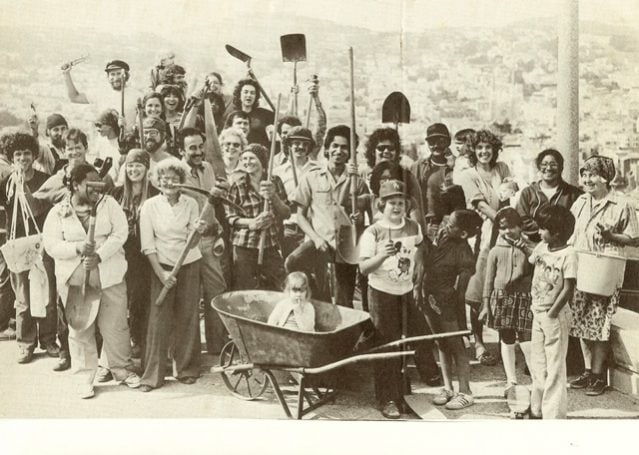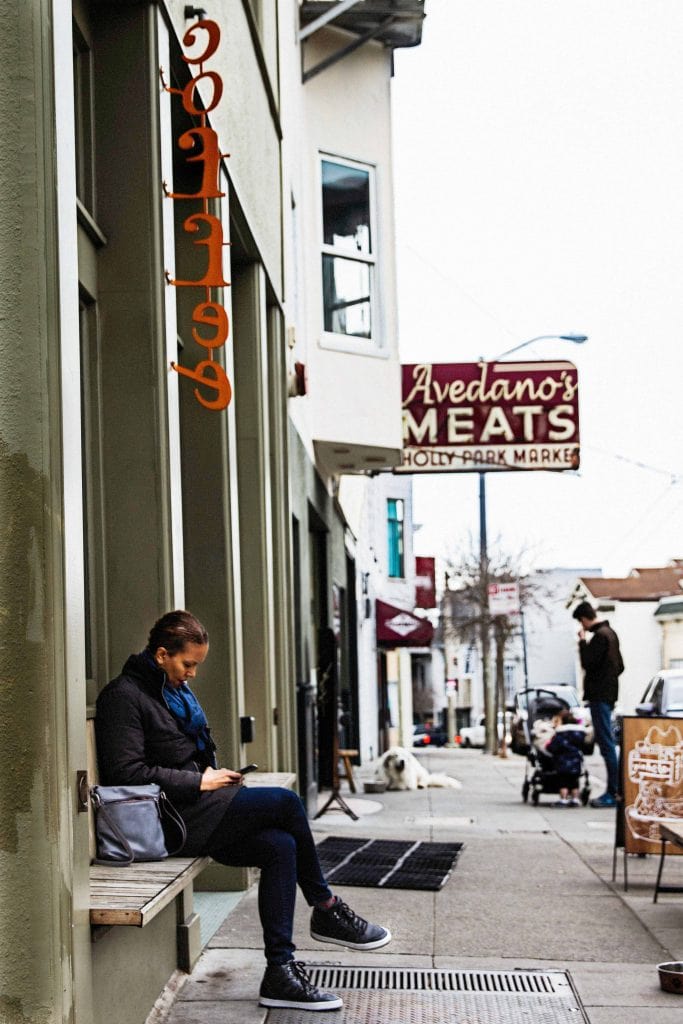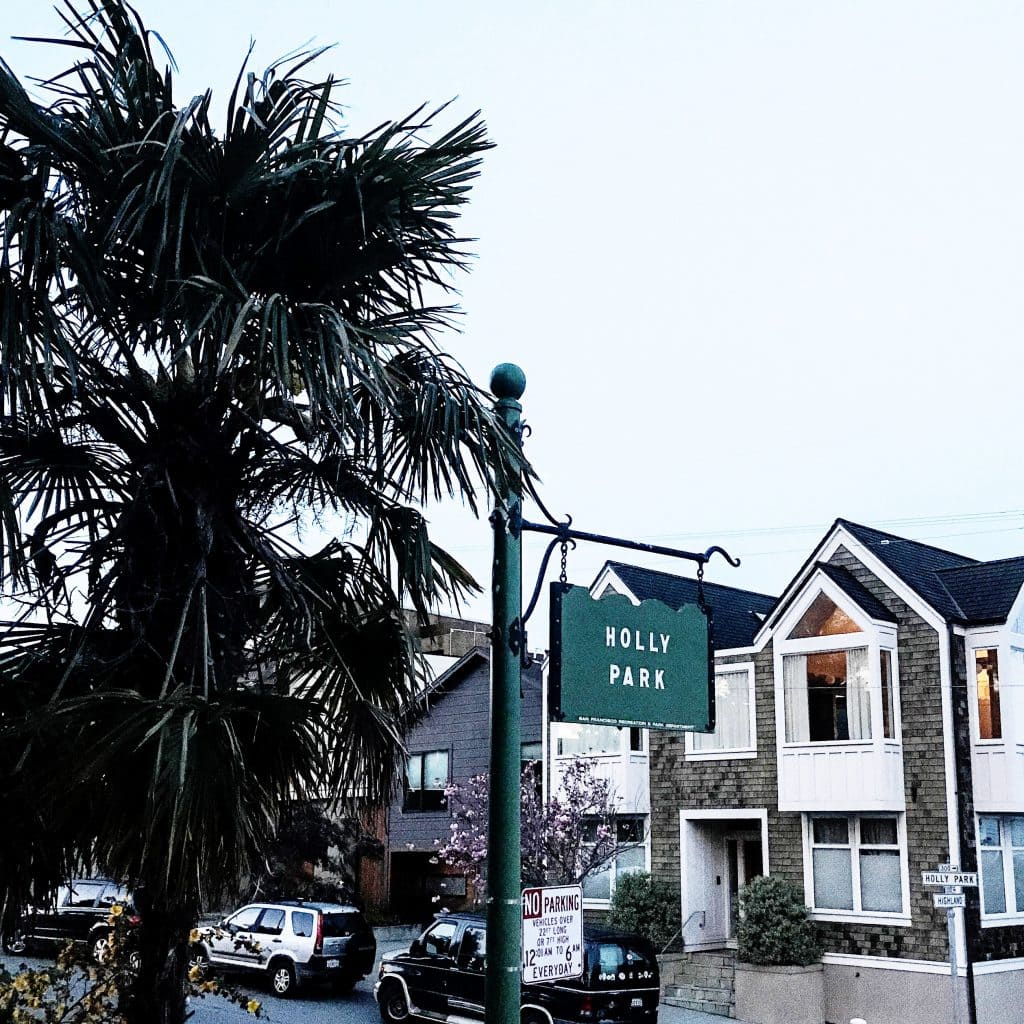We look forward to connecting with you.

The Bay Area is infamous for magnificent views and staggering real estate prices. News organizations rank San Francisco as one of the most expensive cities in the country.
Today Bernal Heights matches most of San Francisco in price and growth rate. But, Bernal took longer to grow than many other neighborhoods.
Looking back to the 1800s, almost no one lived in Bernal. Farmers tended the land on wide open spaces, while the rest of San Francisco grew at a rapid rate.
Now, Bernal is as dense as almost half the city. So how did this eclectic village develop?
Key events in building and price booms in the area go as far back as the gold rush. Certain events shaped the demographics of Bernal Heights, even today.

Photo Courtesy of Bernalwood
Gold! Or Not...
The big boom of the late 1800's wasn’t about technology. It was gold. California’s gold rush spiked the population all over the state.
During the late 1870s, Bernal threw its hat into the gold rush arena. A Bernal resident named Victor Resayre “discovered” gold while digging a well.
News of his discovery reached the city. Hundreds of residents flooded the area with axes, shovels and dreams.
Sadly the “gold” was the same ore on most of the San Francisco peninsulas. But the small gold rush in Bernal did produce a short spike in housing prices.
The rush also produced a few legal battles. New gold seekers tried to stake illegal mining claims to land already owned by local residents.

Bernal Welcomes 1906 Earthquake Survivors
The first real estate boom in Bernal hit right after the 1906 Earthquake. A new community grew out of the ashes of the tragedy.
Bernal Hill, as it turns out, contains an earthquake resistant material called “chert.” When the 1906 Earthquake hit the city, Bernal and surrounding areas survived.
After the earthquake, many of the cities residents had to move. Then, developers discovered Bernal. A sparsely populated area with affordable earthquake-proof land.
These developers built many of the Hill’s first Edwardian-era houses. At least 600 houses were completed in the first year after the earthquake.
Survivors also built tiny one-room shacks meant for temporary housing, called “Earthquake shacks.” Some of these shacks still exist today.
Shipyard Workers Move in During World War II
Bernal’s growth paced the rest of San Francisco until World War II. The decade between 1940 and 1950 saw more people move to San Francisco than any other time in the city’s history.
Families who worked at the nearby San Francisco Naval Shipyard at Hunters Point were a large part of the growth. By 1952 these workers made up most of Bernal Hill.
Developers during World War II built midcentury homes. These were smaller in size than houses in other neighborhoods. And partly designed for Bernal’s steeper grade hill.
Even today many homes in Bernal remain smaller than the rest of the city. According to a New York Times article, the average house size in Bernal is about 1,525 square feet. Though this changes with remodeling and additions, the rest of the city averages 1,850 square feet.

San Francisco’s First Public Housing Project
In 1937, the US Housing Act gave money to the city to build a housing project. And in 1938, San Francisco hired five of the most famous architects to build them.
The city selected Bernal Heights for its first site. Developers built Holly Court with 118 units between Holly Park and Mission Street.
The architect who designed it, Arthur Brown, also designed City Hall and Coit Tower. Two of San Francisco’s most recognizable landmarks.

The 90s Brings the Dot-Com Boom
Once known as an “affordable community”, the 90s dot.com boom spiked the prices in Bernal. As the Silicon Valley grew, the easy freeway access increased demand and prices. New residents loved the warmer microclimate, affordable small houses, and traditional Edwardian architecture.
Bernal’s history gives us a glimpse into where our brilliant culture started. Like our early founders, Bernal residents are welcoming, inclusive, eclectic and love living in their village on the hill.

